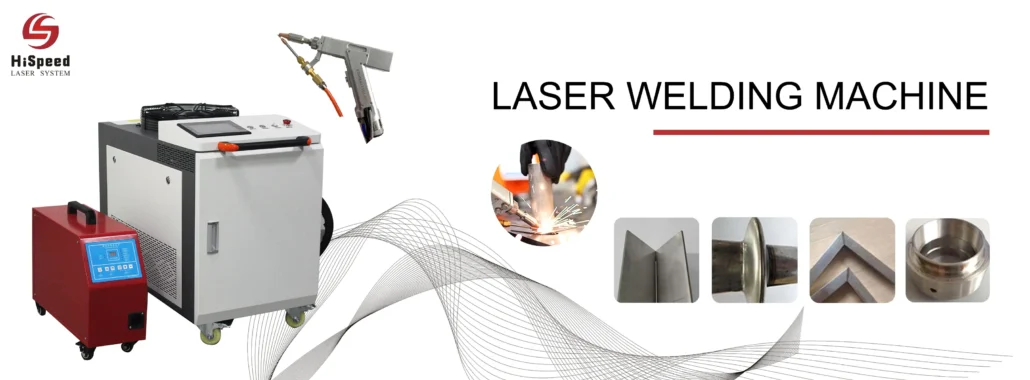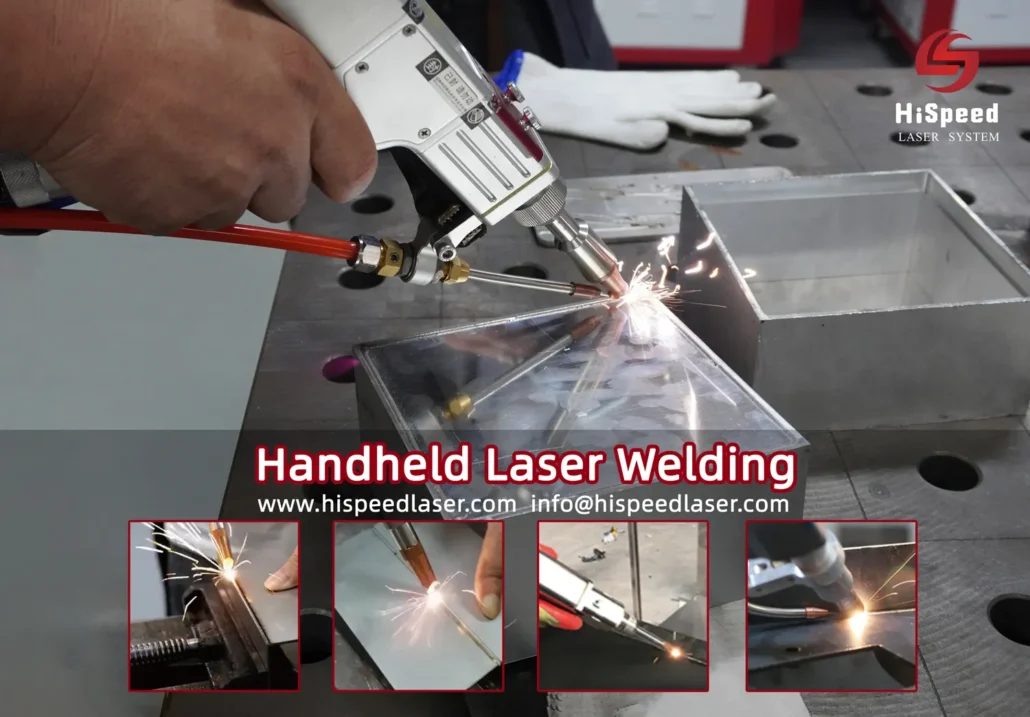Laser Welding Machine Application
What is Laser Welding ?
Laser welding is a welding technique that uses a laser beam to join materials together. In this process, the laser beam generates intense heat, which melts and fuses the materials being welded. The high-energy density of the laser beam allows for precise and efficient welding with minimal heat-affected zones.
Laser welding offers several advantages over traditional welding methods, including:
1.Precision: Laser welding can achieve highly precise and accurate welds, making it suitable for applications where exact control over the welding process is crucial.
2.Speed: Laser welding is a fast process compared to conventional welding methods, as the heat input is localized and focused.
3.Minimal Distortion: The concentrated heat input of the laser beam results in minimal distortion of the work piece, allowing for welding of thin and delicate materials.
4.Automation: Laser welding can be easily integrated into automated manufacturing processes, increasing efficiency and productivity.
5.Versatility: Laser welding can be used to join a wide range of materials, including metals, plastics, and composites.
6.Overall, laser welding is a versatile and efficient welding technique that is widely used in various industries, including automotive, aerospace, electronics, and medical device manufacturing.

How does Laser Welding Work?
The laser welding process starts with a laser beam that’s highly intense, emanating from a laser generator. This beam is then focused using optics, condensing its energy into a tiny, precise area. As the beam comes into contact with the material’s surface, it swiftly heats and liquefies the base material, thus forming a weld pool. As the material cools down, a robust and durable bond is created between the joined components.

What are the application of Laser Welding?
Laser Welding Application for Automotive
Laser welding has found widespread application in the automotive sector for the assembly of various components, including body panels, chassis components, exhaust systems, and engine parts. Its prowess in delivering robust and precise welds at remarkable speeds positions it as the preferred choice for mass production processes.
Laser Welding Applications for Aerospace
The aerospace industry employs laser welding for the assembly of aircraft components such as fuselage sections, engine parts, and turbine blades. Its ability to weld lightweight materials, such as aluminium and titanium, with minimal distortion offers a significant advantage.
Laser Welding Applications for Medical
Laser welding is a vital technology in the medical industry, where it is used for the assembly of surgical instruments, implants, and diagnostic devices. Its precision and delicacy are unparalleled, making it a leading force in medical device manufacturing, where intricate and crucial components are crafted with utmost precision.
Laser Welding Applications for Oil and Gas
In the oil and gas industry, laser welding plays a pivotal role in pipeline fabrication and repair, subsea equipment manufacturing, pressure vessel fabrication, drilling equipment production, and corrosion protection. It ensures structural integrity in pipelines and subsea equipment through precise welding, while its corrosion-resistant cladding extends the lifespan of crucial components. By providing durable welds with minimal heat input and precise control, laser welding enhances safety and efficiency in oil and gas operations.
